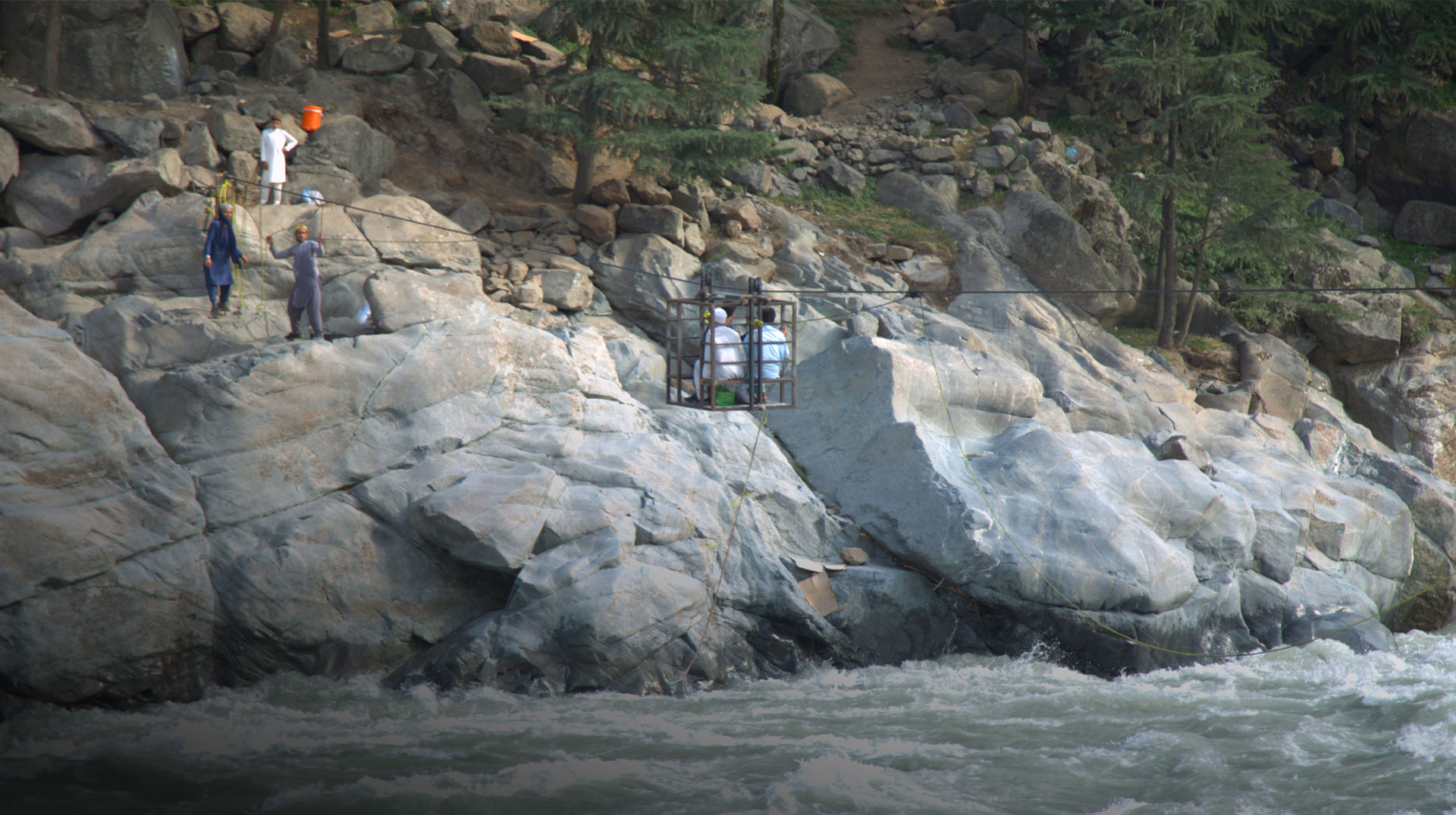
24 July 2025,24 July 2025, Cairo, Egypt – World Drowning Prevention Day, a global advocacy event held annually on 25 July, serves as an opportunity to highlight the tragic and profound impact of drowning on families and communities and offer lifesaving solutions to prevent it.
Over the last decade at least 3 million people have lost their lives to drowning. Though there has been a decrease in drowning deaths globally since 2000, over 300 000 lives are still lost each year. In 2021, of the estimated 300 000 drowning deaths that occurred, 12% (35 000) were in the Eastern Mediterranean Region.
The Eastern Mediterranean has the second highest drowning death rate of all WHO regions, with children and youth aged up to 29 years accounting for the vast majority – 83% – of drowning deaths. WHO’s Global Health Estimates for 2021 revealed that children aged 5–14 years accounted for 23.4% of all drowning deaths in the Region, with drowning the second leading cause of death among this age group. Tragically, the Eastern Mediterranean has the highest drowning death rate among children under 4 years of any WHO region.
It has also reported the second smallest decline in drowning death rates of all regions. That the Region has the highest drowning death rates among low- and lower middle-income countries and the second highest rate among high-income countries underlines the pressing need for urgent action.
Sex, age, poverty and inequality are all risk factors. The drowning death rate among males is at least twice as high as females. Studies show that there is a higher danger of drowning among migrants in the Region, and global literature suggests that drowning disproportionately affects poor and marginalized people, with the rate of drowning 3.2 times higher in low-income countries than in high-income countries.
Stakeholders report the following factors as increasing the risk of drowning: proximity to inland bodies of water like lakes, rivers and ponds, and to swimming pools and the sea; being an adolescent or youth; the prevalence of water-based recreational activities; flash floods; overcrowding on boats; illegal migration; fishing; bad weather and lack of supervision.
Some countries have successfully introduced interventions to reduce death rates, with 64% of countries in the Region implementing a greater number of drowning prevention interventions than the global average. The most prevalent safety interventions are free weather alert services, disaster and weather warning systems, building community disaster resilience and search and rescue services.
Public safety interventions, including daily preschool services, water safety training and the placement of physical barriers in high-risk areas, have also been implemented, though to a lesser extent.
Teaching communities about water safety and developing national drowning prevention plans help keep people safe around water. Across the Region, countries can save more lives from drowning by promoting policy dialogue involving all sectors, increasing research to better understand drowning risks, and developing interventions and conducting public awareness campaigns that target those most at risk.
Anyone can drown. No one should.
World Drowning Prevention Day 2025
Regional site: https://www.emro.who.int/world-drowning-prevention-day/2025/index.html
Global site: https://www.who.int/campaigns/world-drowning-prevention-day/2025
World Drowning Prevention Day: A guide to taking part
Global Status Report on Drowning Prevention 2024
Hidden depths: the global investment case for drowning prevention
Resolution adopted by the General Assembly on 28 April 2021








